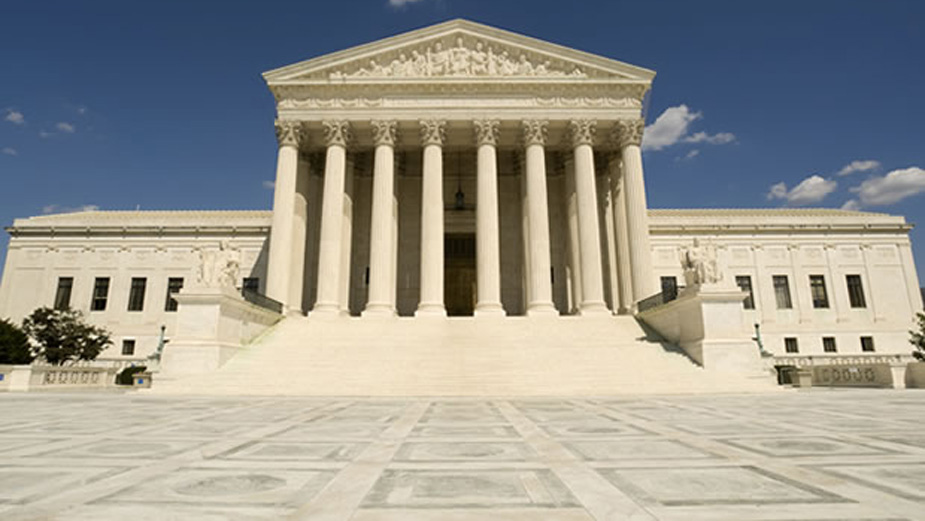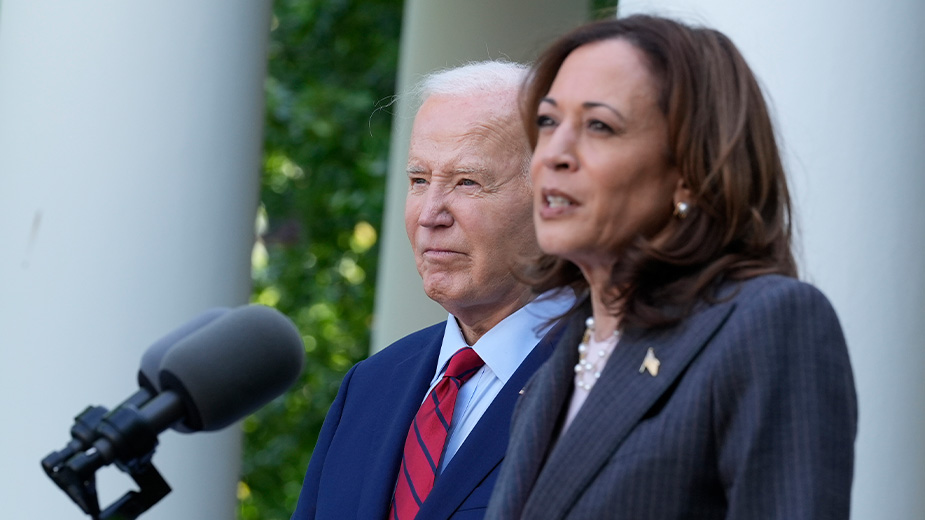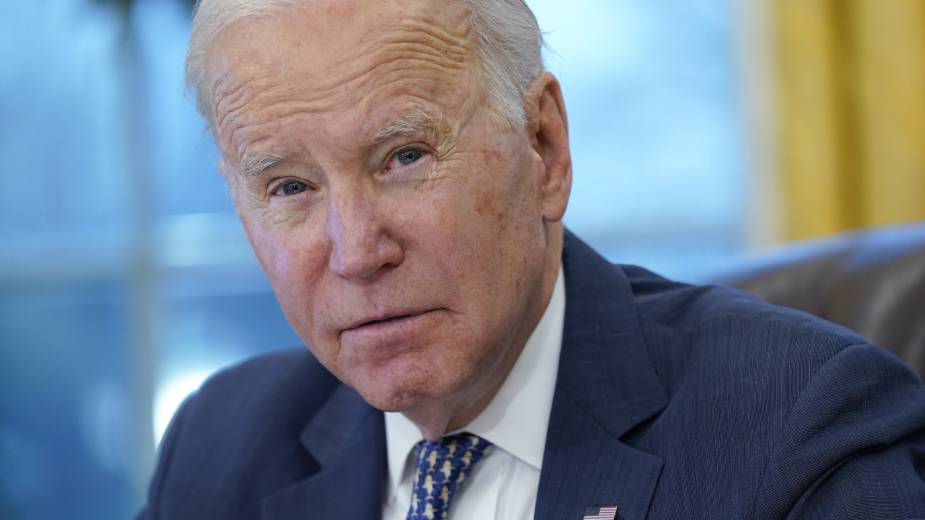Public Employees Hold Fast Amid Challenges
YOUNGSTOWN, Ohio – Joseph Mayle is heartened that the more than 300 employees who were mandated to work at the Federal Correction Institution in Elkton without pay during the longest government shutdown in U.S. history have been fully compensated.
Yet the president of the American Federation of Government Employees Local 607 says the shutdown is a symptom of a larger issue that impacts public sector employees such as himself and his union membership.
“Lawmakers aren’t listening,” Mayle says. “Many of them want money in the budgets to go somewhere else,” and not to those agencies that require proper staffing in order to maintain security and safety.
With the possibility of another shutdown looming over a budget quarrel between Congress and the Trump administration, Mayle says that recent cuts for the U.S. Bureau of Prisons have stretched his membership to the brink already, many of them working three consecutive 16-hour days over a five-day work week. “My people are exhausted, mentally and physically,” he says.
Budget cuts, proposed executive actions and a recent decision by the United States Supreme Court could have serious implications for public sector unions and the employees they represent, labor leaders say. As governments work to trim spending across various pubic sectors, it most likely results in the reduction of staffing levels and a reduction in membership in public sector unions.
For Mayle, the issue is far greater than union numbers. A reduction in staff means additional mandated hours for his members and them being assigned new tasks to cover staffing shortfalls.
“We don’t have the staff that we need,” he says. “My biggest concern is the safety and security of our employees.” Local 607, he says, represents 225 members who are actively employed and another 30 retirees who are still active in the union.
In 2005, Congress reduced the Bureau of Prison’s national workforce to “mission critical” levels. That is, the minimum staff that would be required to operate the nationwide system effectively. In 2018, however, additional cuts were made, Mayle says, forcing employees to work mandated overtime and augment other duties that were not originally assigned to them.
“People who are teachers, medical staff, secretaries or recreation specialists are forced to work in correctional services in duties that they’re not familiar with,” Mayle says. “The union fought against the mission critical measure in the first place, but we lost.”
Failing to provide adequate staffing for services in the federal corrections system could mean a matter of life and death, Mayle says. Between 2009 and 2013, three federal prison officers were killed where they worked.
Meantime, the White House hasn’t helped the prospects of organized labor in the public sector, Mayle says. In May 2018, President Donald Trump signed executive orders that sought to award agencies more power to terminate public-sector union employees deemed poor performers and encourage these agencies to renegotiate contracts with the unions. Another order curbed how much time federal employees in union positions can spend on union business during work hours.
“They’re trying to hamper or do away with public sector unions,” Mayle says. “They want to turn them into ‘right to work’ and ‘right to fire’ federal agencies.”
In August, however, U.S. District Judge Ketanji Brown Jackson struck down the orders, ruling that the measures exceeded the president’s authority. The orders, Jackson said, conflicted with collective bargaining rights that are guaranteed under federal law.
While labor leaders cheered this ruling, they are more concerned over a U.S. Supreme Court decision in June that leaders fear could undermine the power of public employee unions.
The court ruled 5-4 in Janus v. AFSCME that unions representing the public sector could no longer collect what are called “fair share” dues from nonmembers.
The decision overturns a 1977 law that required non-union public workers to pay fees that would be used for collective bargaining purposes. As such, labor leaders are concerned that the ruling could siphon public employees from unions, thereby weakening their strength in numbers.
So far, the Janus decision has not had an adverse impact. Union membership among public employees remained relatively unchanged in 2018 versus the previous year, according to the U.S. Department of Labor Bureau of Labor Statistics. Of the 7.2 million employees in the public sector in the United States, nearly 33.9% belong to a union, about the same as in 2017.
Within the public sector, the highest rate of union membership is found in local government, which employs workers in heavily unionized occupations such as firefighters, police officers and teachers. Union membership in this subsector stood at 40%, according to BLS.
By contrast, the union membership rate in the private sector was just 6.4%
“The Janus decision hasn’t hit us too hard,” says Bill Padisak, president of the Mahoning-Trumbull AFL-CIO. “We haven’t encountered the massive losses we feared under Janus, but we’re being vigilant.”
Padisak is also the field representative for the Ohio Association of Public School Employees, which represents those workers who serve a non-academic function in the Mahoning Valley’s public schools such as secretaries and custodians. “The number of union members has stayed the same,” he says. The OAPSE represents about 500 schools across the state.
Instead, the biggest threat to public employees across the Mahoning Valley at the moment isn’t the president or the Supreme Court, but rather budget cuts at the state level that have led to cutbacks in area public schools. “A lot of schools now have to appeal to the public for tax levies, and that’s tough for schools in the counties and townships to do,” he says. “It’s not like they had excess funds to begin with.”
Padisak said that it’s important to have like-minded leadership in Columbus, which is why the AFL-CIO and other labor organizations lobbied heavily for the election of state Rep. Larry Householder, R-Glenford, as speaker of the Ohio House of Representatives. “He has a decent attitude toward unions,” he says.
Padisak says it’s still too early to gauge what newly elected Gov. Mike DeWine will do and what polices the administration would pursue. “We’re going to wait and see what happens,” he says.
Unions that represent local safety forces haven’t been impacted as a result of the Janus decision, either, officials say.
“We were afraid that the floodgates would open up,” says Tony Ciccone, recent past president of Local 312 of the International Association of Firefighters in Youngstown. “When we re-evaluated it at the end of the year, we didn’t lose any members.”
There were two inquiries about the prospect of leaving the union, but neither party decided to pursue it, Ciccone says.
Still, he says should the Janus decision gain traction either on a local or state level, it could gut public-employee unions and labor in general.
This could also compromise safety and operating procedures, Ciccone notes, especially in a fire department that he says is already understaffed.
“We haven’t hired anybody and we’re at 123 firefighters,” down from 127 because of retirements, he says.
“The unions started for a reason,” Ciccone says, again cautioning about the implications of the Janus decision should union membership begin to decline at an accelerated rate. “I don’t think we’re in any danger, but it would be devastating for labor if that would happen.”
Copyright 2024 The Business Journal, Youngstown, Ohio.



